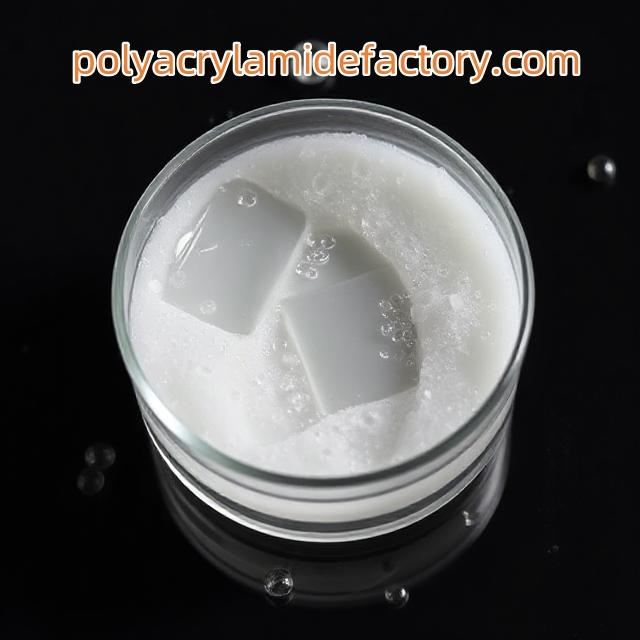Water treatment Polyacrylamide Chemicals chemicals (PAM) are widely used in a variety of applications, from water treatment plants to industrial effluent treatment, due to their effectiveness in flocculation, sedimentation, and clarification. However, the degradation of polyacrylamide (PAM) can introduce risks that are often overlooked—specifically, the contamination of the water with acrylamide monomer, a potential carcinogen. Understanding the risks associated with acrylamide monomer contamination is crucial for both safety and compliance in water treatment operations.
Polyacrylamide is a polymer made from acrylamide monomers, which are known for their strong reactivity and toxicity in certain concentrations. While polyacrylamide itself is generally considered safe for use in water treatment, the degradation of PAM can release residual acrylamide monomers, posing potential risks to both the environment and human health. This contamination becomes more significant when polyacrylamide is exposed to heat, light, or alkaline conditions, which can accelerate the degradation process.
| Risk Factor | Cause of Degradation | Potential Impact |
|---|---|---|
| High Temperature | Exposure to elevated temperatures | Increased acrylamide monomer release |
| Alkaline Conditions | Use of high pH in water treatment | Polymer breakdown and contamination |
| Prolonged Storage | Storage in warm or unstable environments | Unwanted chemical reactions |
| Physical Stress | Mechanical shear during processing | Polymer chain scission, release of acrylamide |
In water treatment, water treatment polyacrylamide chemicals are used to aid in the removal of suspended solids, oils, and other contaminants. The presence of acrylamide monomers, however, can be harmful, especially if the treated water is used for drinking purposes or released into the environment. The exposure of polyacrylamide to various stresses such as temperature, high pH levels, and mechanical forces can lead to polymer degradation. The resulting acrylamide monomer is not only toxic but also difficult to remove through standard treatment methods.
To mitigate these risks, water treatment facilities need to carefully monitor and control the conditions under which polyacrylamide is applied. Proper storage and handling procedures should be in place to prevent the degradation of the polymer. Furthermore, ensuring that the polyacrylamide used is of high quality and appropriately formulated can help minimize the chances of acrylamide monomer contamination.
The risks associated with the degradation of water treatment polyacrylamide chemicals are not insurmountable. Operators can reduce the potential hazards by selecting the right polyacrylamide formulations, using them within optimal conditions, and following industry best practices for polymer application and disposal.
At Polyacrylamidefactory, we understand the importance of both performance and safety. Our water treatment polyacrylamide chemicals are designed to offer maximum efficiency with minimal risks. We ensure that our products meet stringent quality controls and are formulated to be stable, reducing the likelihood of acrylamide monomer release during use.
To explore our range of water treatment solutions, visit https://www.polyacrylamidefactory.com/product/



